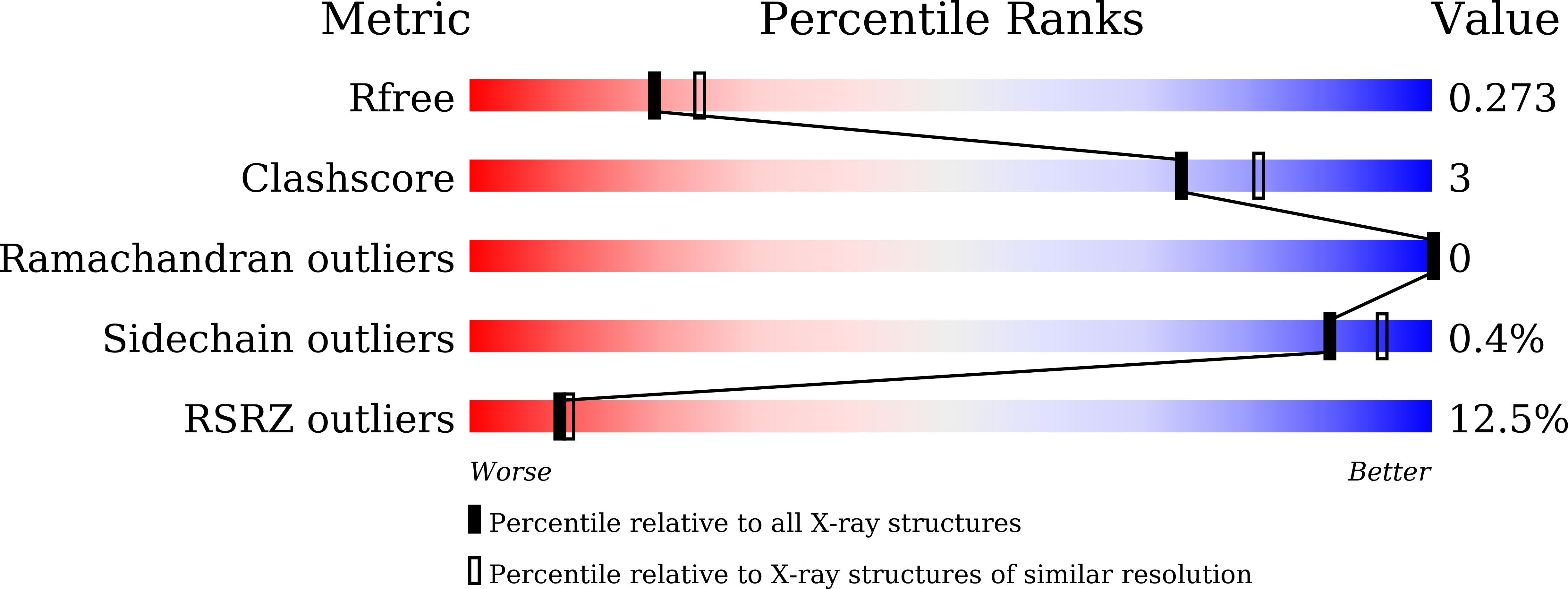
Deposition Date
2024-03-13
Release Date
2025-02-12
Last Version Date
2025-04-02
Method Details:
Experimental Method:
Resolution:
2.30 Å
R-Value Free:
0.27
R-Value Work:
0.22
R-Value Observed:
0.22
Space Group:
I 1 2 1


